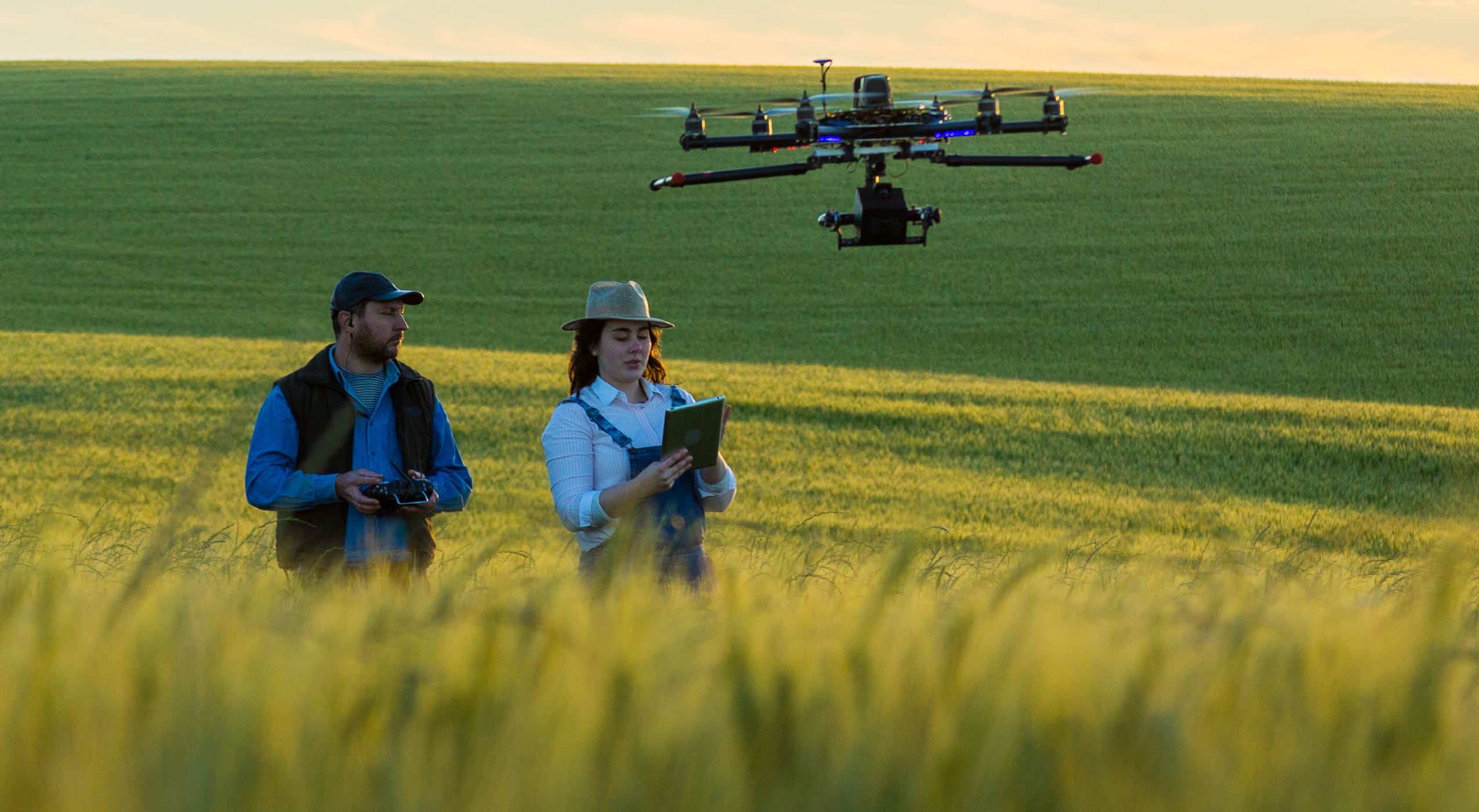In 1874, Alexander Graham Bell made a groundbreaking discovery that forever changed the way we communicate. Working tirelessly between Boston and his “Dreaming Place” in Brantford, Ontario, Bell harnessed the principles of sound and electricity to invent the telephone. His work was driven by a desire to improve communication for the deaf and enhance the telegraph system’s capabilities. He ended up changing the world of communications as we know it.
This year marks the 150th anniversary of this pivotal invention, a testament to Bell’s ingenuity and Canada’s rich history of technological innovation. The Bell Homestead National Historic Site in Brantford, Ontario is hosting a weekend of events on July 26-28 to commemorate this significant milestone, offering a blend of education, entertainment, and telephone-themed community engagement for all ages.
A Moment of Discovery
Brian Wood, the Bell Homestead’s curator, says July 26 marks 150 years to the day that Bell first conceived that sound could be transmitted along electrical waves, which proved pivotal to the phone’s invention. This discovery of these soundwaves (or “undulatory currents”) was crucial, as it enabled Bell to build his first telephone transmitter, capable of converting sound into electrical signals and back again. “That was the day he discovered the basic principle on which the telephone would work,” Wood says of the late-July date in 1874. “The big thing was understanding that sound moved in waves.”
Bell’s journey towards inventing the telephone came into focus during his time in Brantford. “Much of his thinking was done at a spot, right down at the Grand River behind his [parents’] house that he called his Dreaming Place,” Wood says of Bell’s work that summer one-and-a-half centuries ago. “That’s where he’d spend his afternoons working on his ideas and it was there that he discovered the principle on which the telephone would operate.”
Trials and Triumphs
Despite the epiphany, Bell’s invention still had to go through numerous trials and tribulations before he had a working telephone that could be used by the public. One early iteration, Wood notes, used a mix of water and sulfuric acid to transmit sound, essentially creating a battery. This was the phone that Bell used to transmit the first sentence over telephone in March 1876. “But Bell never intended to put that transmitter into commercial use because of that sulfuric acid,” Wood says of that early phone. “He had achieved articulate speech, but it was too dangerous.”
By that August, however, Bell had completed development of an electrical telephone that was both safe and functional. He just needed to prove that it worked. In a private test on August 3, 1876, Bell successfully transmitted sound on the 8-kilometer telegraph line from Brantford to Mount Pleasant, Ontario. The following night, he held a private demonstration for guests attending his parents’ home for a dinner party, and a week later he was finally ready for a public demonstration.
“It was to be a short demonstration at 8 o’clock in the evening,” Wood says, noting that the Dominion Telegraph Company had given him permission to demo his phone over the company’s line between Brantford and Paris, Ontario, but only for half an hour. With crowds of people turning out to telegraph stations at both ends of the line, however, Bell’s demo that night ran more than three hours, as person after person demanded an opportunity to trial the new technology. “That night he proved that the telephone was a practical form of communication that could replace the telegraph,” Wood says.
A Lasting Legacy
Bell’s invention laid the groundwork for the myriad of communication technologies we rely on today. From the earliest telephones to modern smartphones, and from the telegraph lines to fibre-optic cables and wireless networks, Bell’s pioneering work has evolved into the sophisticated systems that connect us today. Instant messaging, remote meetings and online gaming can all trace their lineage back to Bell’s discovery, highlighting the enduring impact of his work on nearly every aspect of our lives. Thus, as we celebrate this milestone birthday for the telephone, we also acknowledge the continuous evolution and expansion of Bell’s original concept, which has made instantaneous global communication a reality, and has forever changed the way we live, work and play.
Celebrating 150 Years of the Telephone at the Bell Homestead in Brantford
Join the Bell Homestead National Historic Site in Brantford, Ontario for a series of exciting events to commemorate the 150th anniversary of Alexander Graham Bell’s invention of the telephone. The celebrations kick off on Friday, July 26, at Harmony Square with a musical tribute to the telephone by Avalon Music Academy. The next day, the Bell Homestead will host a garden party featuring dance and theatrical performances and the grand opening of a new exhibit called “Life on the Line: The Evolution of the Bell Telephone”. The festivities conclude that Sunday with the “Telephone Trail Trek Challenge”: an 18 km walk, run, or bike event retracing the path of the world’s first long-distance call from Brantford to Paris, Ontario (advanced registration required).
For more information about the Bell Homestead or it celebration of the 150th anniversary of the telephone, please visit https://www.brantford.ca/en/things-to-do/homestead-special-events.aspx










